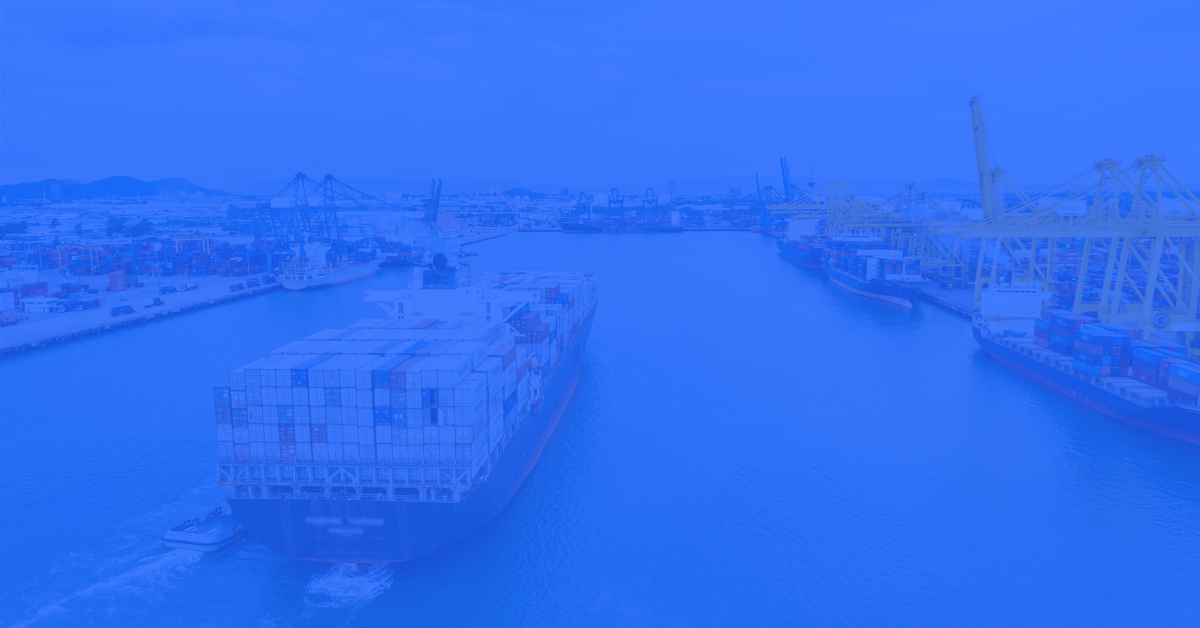If you examine a freight quote, you might notice that one of the applicable charges is an ENS charge especially if you are shipping cargo to Europe. What is this charge for?
- ENS is an acronym for Entry Summary Declaration.
- ENS is required by EU customs to do a security assessment of all cargo entering EU ports
- Carriers can use their discretion as to the quantum of the ENS charge
A freight quote is typically a combination of multimodal costs covering sea-freight, surcharges, fees and various adjustment factors.

What is Entry Summary Declaration (ENS)?
ENS is an acronym for Entry Summary Declaration.
As of 31st December 2010, through the implementation of EU Regulation 1875/2006, the European Union made it mandatory for all carriers to file an ENS declaration for cargo inbound into EU ports.
The general process of filing is
- Customer provides all information relating to the cargo to the shipping line in their format
- The shipping line then updates all this information into their system for filing with EU customs
- The completed information is submitted to EU customs
The carriers need to file this ENS declaration with EU customs. This declaration covers all the cargoes that are scheduled to be loaded on any particular ship that is calling at the EU ports.
The ENS is required by the EU customs to do a proper security assessment of the cargo that is entering EU ports. Much like the AMS filing for the USA.
The ENS may also be filed by a freight forwarder, for example, but this may only be done with the approval of the carrier. The forwarder would then take responsibility for the correctness and accuracy of the ENS submitted.
The ENS must be filed 24 hours before the container is loaded at the port.
EU customs require below critical information to be submitted via the ENS:
- Shipper (EORI number whenever this number is available)
- Consignee (EORI number whenever this number is available)
- Notify Party, mandatory where goods are carried under a negotiable “to order” B/L (EORI number whenever this number is available)
- Preferably HS code, at least 4 digits but 6 digit HS Code is recommended, or acceptable cargo description
- Package Type (Code)
- Number of packages
- Container number
- Seal number
- Cargo gross weight (in kilograms)
- UN code for dangerous goods
- Transport charges method of payment code (e.g. payment in cash, payment by credit card, payment by check, electronic credit transfer, the account holder with the carrier, not pre-paid).
The carrier then has to wait for the response from EU customs which is fairly quick. If the response from EU customs is negative and the cargo is rejected for any reason, the carrier will receive a DNL (Do Not Load) message from EU customs.
This means that particular container(s) cannot be loaded on board that particular ship. But the carrier may resubmit the ENS with any changes that may be required for loading on the next vessel.
Non-compliance of ENS
While there is no clear-cut decision or information relating to non-compliance, the implementation of the ENS is left to the members of the EU. Non-compliance of ENS filing can result in carriers not loading the blocked containers on board and if these are large in number, it could also affect the operation of the vessel.
Why is there an ENS charge?
As you can see from the above, a filing of ENS is quite an intense process and for the mega ships operating in the Far East – Europe trade lanes and loading more than 10,000+ containers, ENS filing could be quite a time-consuming challenge for the carrier.
A lot of the carriers have special desks only to handle ENS filing. Carriers also need to be capable of transmitting all the above information electronically to EU Customs.
Carriers have also invested sufficiently in IT systems capable of translating and transmitting the required information and also receiving the response messages from EU customs.
As these requirements have had a considerable cost impact on the carriers, they levy an ENS charge to cover these costs and ensure that all the containers that are required to be loaded on the ship are cleared by EU customs for loading.
This ENS charge is levied as part of the freight charges and works with the freight so if freight is prepaid, then ENS charge will also be prepaid and if freight is collect, then ENS charge will also be collected.
Each carrier uses their discretion as to the quantum of the charge, and it usually varies between EUR.25-35 per bill of lading.
Further helpful reading about this subject can be downloaded from below links:
- http://ec.europa.eu/ecip/security_amendment/procedures/index_en.htm
- http://ec.europa.eu/ecip/documents/procedures/import_faq_en.pdf
- https://shippingandfreightresource.com/eu-entry-summary-declarations-ens-the-new-buzz-word/
Conclusion
It is in the best interest of the shipper and forwarder to ensure that they understand the anatomy of a freight invoice and ensure that only legitimate charges are included in the invoice. For example, if there is an ENS charge shown in a shipment from China to the USA, this should not be allowed.
Related reading: Cargo Insurance
%201.png)




.png?width=860&height=258&name=Newsletter_BlogCTA%20(1).png)
.png?width=387&name=image%20(45).png)

